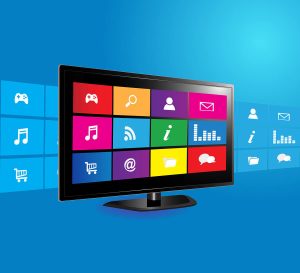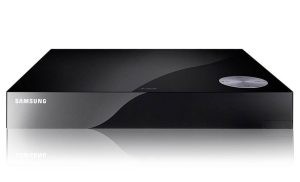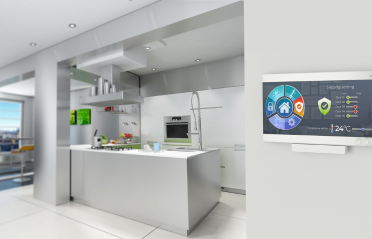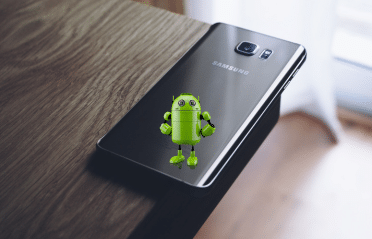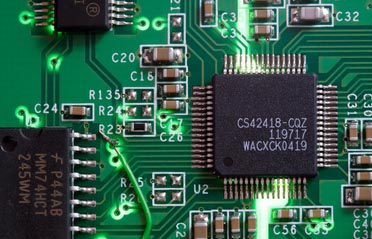
Home entertainment has come a long way since the days of strategizing with aluminum foil-topped black and white boxes. Embedded systems have made it possible to create a gaming, TV watching, and internet browsing experience in your home that rivals most movie theaters. Shopping for televisions used to be easy. Did you want a 13, 15, or 17 inch? Now, consumers are faced with decisions about adaptability, connectivity, and smart technology, not to mention many more size options. With literally thousands of decision points, not to mention ongoing development of new smart TVs and set top boxes, how is the average consumer supposed to prepare for the tech-talk their likely to experience in the electronics store? This is a quick guide to help make sense of the options.

 Product Engineering Services Customized software development services for diverse domains
Product Engineering Services Customized software development services for diverse domains
 Sustenance Engineering Going beyond maintenance to prolong life of mature products
Sustenance Engineering Going beyond maintenance to prolong life of mature products
 Managed Services Achieve scalability, operational efficiency and business continuity
Managed Services Achieve scalability, operational efficiency and business continuity
 Technology Consulting & Architecture Leverage the extensive knowledge of our Domain Experts
Technology Consulting & Architecture Leverage the extensive knowledge of our Domain Experts
























